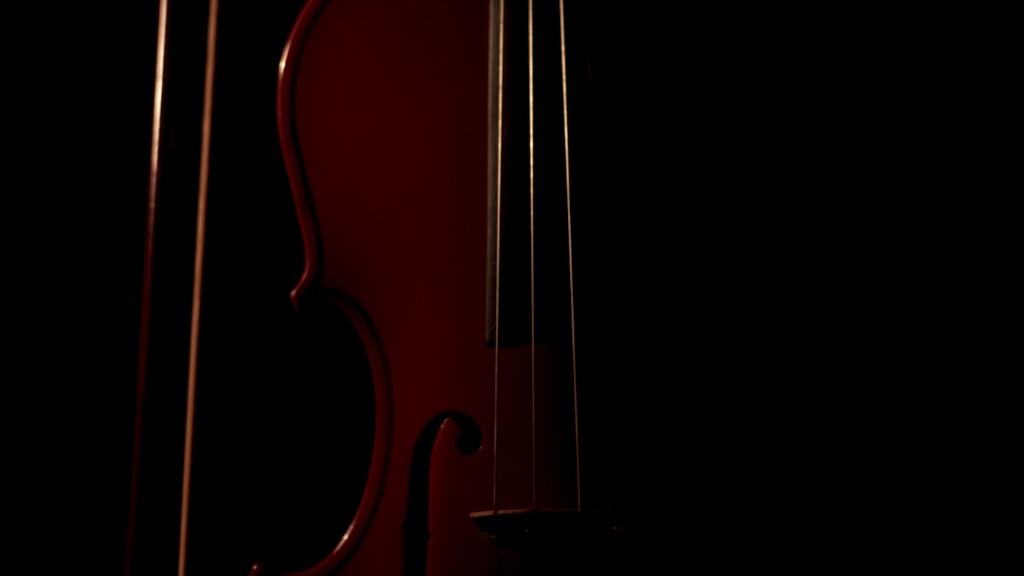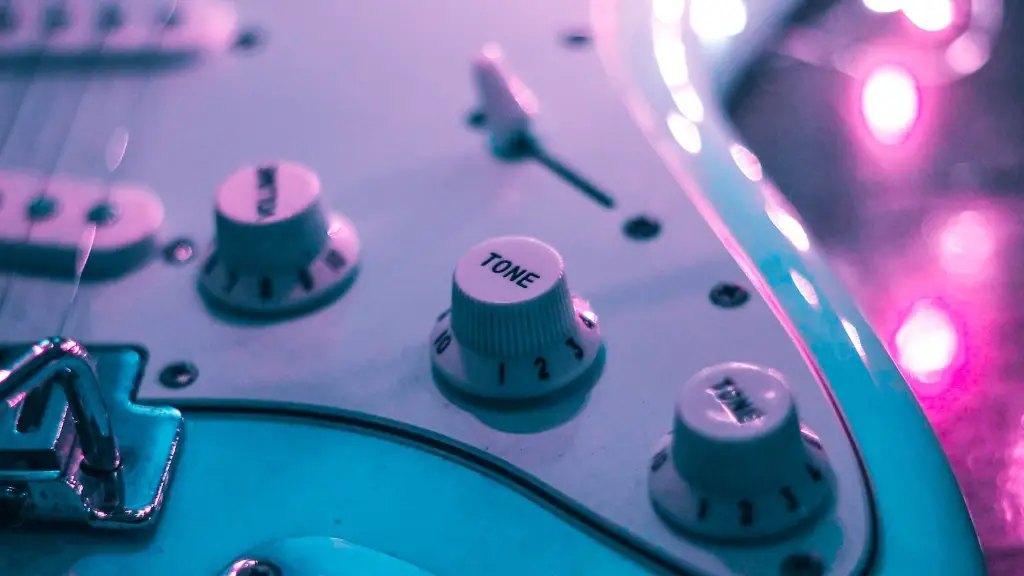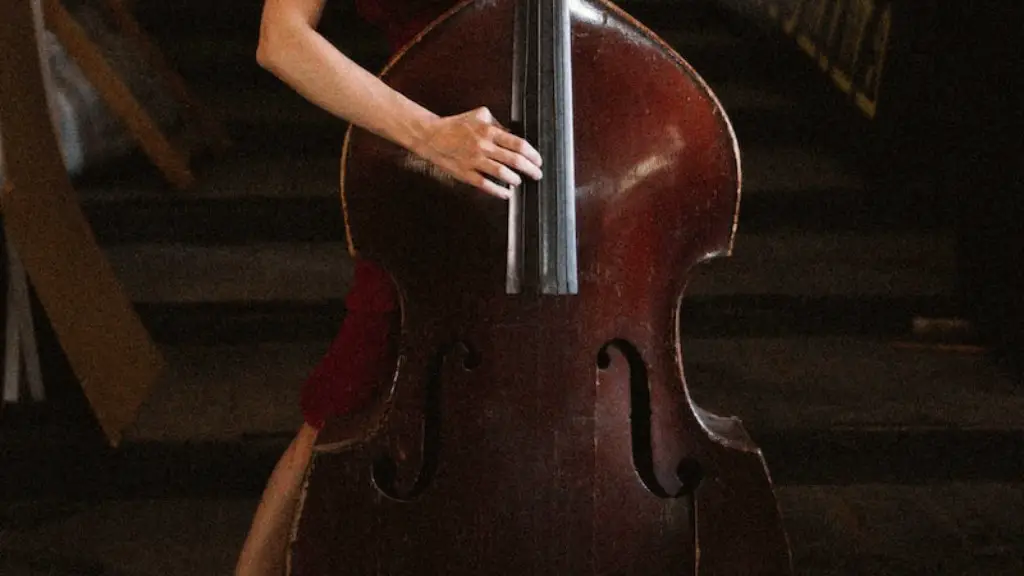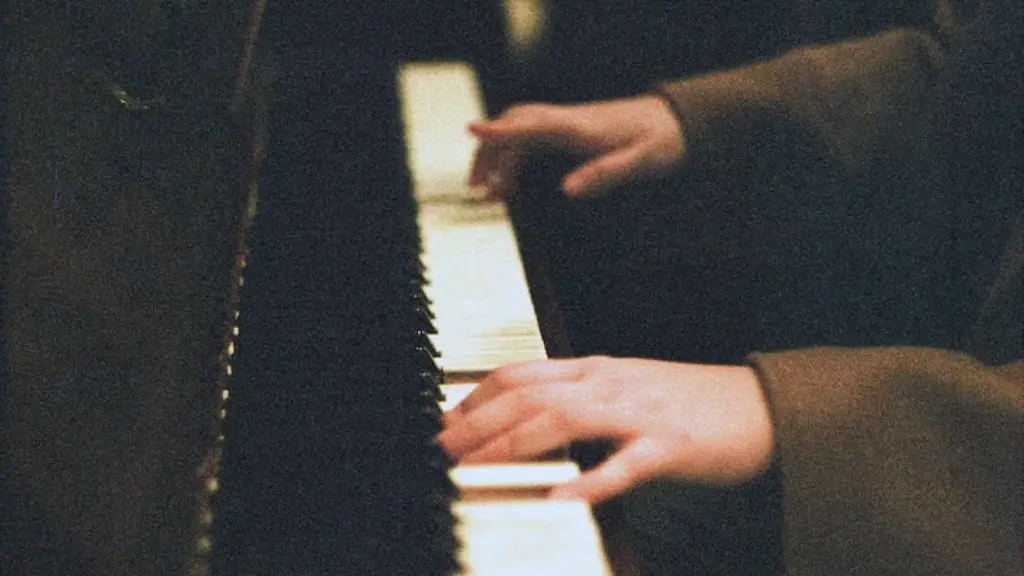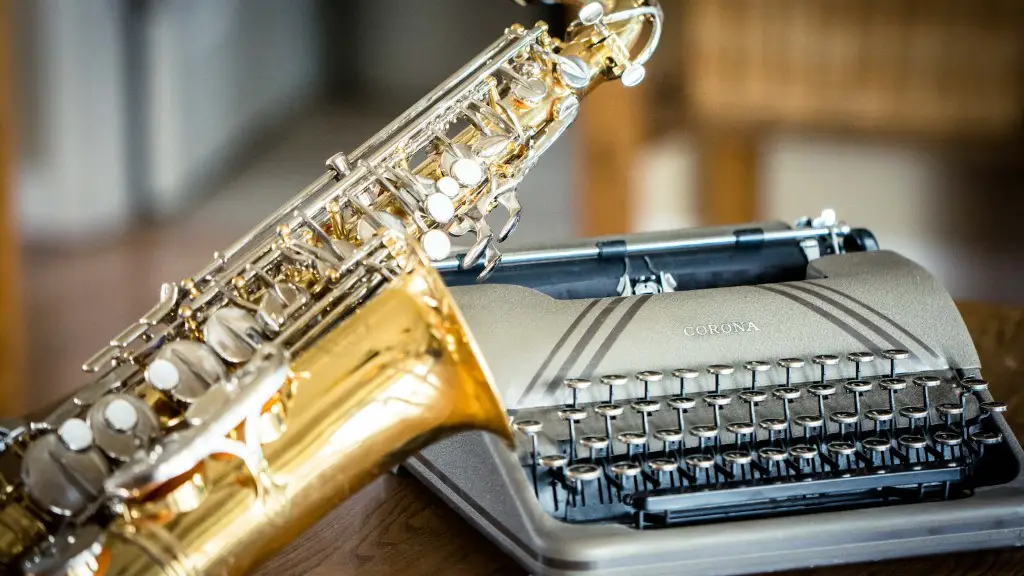Rosining up your bow is an important part of playing the violin, and it is something that should be done regularly. It is best to rosin your bow before each practice session or performance. This ensures that the bow can grip the strings properly and produce a good sound. If you do not rosin your bow often enough, then it will be difficult to produce a good sound.
When rosining your bow, it is important to do it carefully. You should rub the cake of rosin in an even motion across the length of the bow hair. This will help ensure that each strand is coated evenly with rosin, allowing for better contact with the strings and better sound quality.
It can be difficult to know how often you should be rosining your violin bow. Generally speaking, it is best to do it every time you practice or perform. If you are playing a lot in between practice sessions, then you may need to do it more often.
Different Types of Rosin for Violin Bow
Rosin is used to increase the friction between the violin bow and the strings, allowing for a better sound. Different types of rosin are available, each with its own unique properties and sound qualities. The most common type is amber rosin, which has a golden-brown color and produces a softer sound. It is often used in classical music performances. Dark rosin, also known as black rosin, has a darker color and produces a brighter sound than amber rosin. Hard or extra-hard rosin is stronger than amber or dark rosin and produces an even brighter tone. It is used in fast-paced pieces where greater control over the bow’s pressure on the strings is necessary. Regular maintenance of your violin bow should include applying fresh rosin every few weeks, depending on how often you play. To ensure optimal performance from your instrument, it’s important to select the right type of rosin for your playing style.
Advantages and Disadvantages of Different Rosins
Rosin is a hard, brittle material made from tree resin that helps create friction between the violin bow and strings. It is essential to use rosin on a violin bow to produce the sound of the instrument. Different types of rosin are available depending on the quality, cost and sound preferences of the musician.
The most common type of rosin is amber-colored, which has a slightly sticky consistency and produces a warm tone. It is often found in professional and mid-level violin bows. Darker colored rosins are commonly used by advanced musicians looking for a brighter sound as they are slightly harder than amber rosin. Silver or gold rosins can also be used to provide even more brightness.
Using too much or too little rosin can have both advantages and disadvantages. Overuse of rosin can cause damage to the strings while underuse will result in minimal friction between the bow and strings, making it harder to produce sound. Additionally, if too much rosin accumulates on the bow it can cause it to become slippery which will make it difficult for you to control your playing technique.
It is important to remember that no matter what type of violin you have, you need to use enough rosin to ensure that your sound will be clear but not so much that it causes damage or excess buildup on your bow. Generally speaking, most people should re-apply their violin bow’s rosin every few weeks or after extended periods of practice time.
Rosin Application for Violin Bow
Applying rosin to the bow hair of a violin is an important part of playing the instrument. Rosin helps the hairs grip the strings, allowing them to produce a better sound. To ensure that your bow produces the best sound, it is important to apply rosin correctly and regularly.
The frequency of rosining depends on how often you play. If playing daily, you should apply rosin to your bow every few days or so. If playing less often, you should still apply rosin before every practice session or performance. Before applying rosin, it’s important to make sure your bow is clean and free of dirt and dust particles that could damage the bow hair. When applying rosin, hold the cake in one hand and rub against the hairs with even strokes in a back and forth motion until they appear glossy with a thin layer of rosin. Finally, wipe any excess off with a cloth before playing.
How Often to Rosin Your Violin Bow?
Rosining your violin bow is an important part of violin maintenance that should be done regularly. It is recommended that you rosin your bow at least once a month, or more frequently if you are a frequent player. However, if the rosin starts to cake or accumulate on the hair of the bow it is time to re-rosin. Doing this will ensure that the bow can create a good sound and remain in good playing condition.
When rosining your violin bow, it is important to make sure that you do not over do it, as too much rosin can cause a harsh sound and damage the instrument strings. You should also take care not to apply too much pressure when rosining, as this can cause damage to both the bow and the strings. Make sure to apply slow and steady strokes with the rosin cake and then brush off any excess with a soft cloth.
To keep your violin bow in optimal playing condition, make sure to regularly monitor its condition and re-rosin as needed. Doing so will help ensure that you always have great sound quality when playing your instrument.
Storing Your Rosin Properly
Taking proper care of your rosin is an important part of violin bow maintenance. To ensure longevity, store the rosin in a cool, dry place. Keep the container sealed when not in use to avoid dust and dirt from getting into the rosin. Additionally, make sure to keep the lid on the container when storing your rosin. This will help to protect it from sunlight and heat. It’s also a good idea to air out your rosin every few months to prevent it from becoming too dry or brittle.
When it comes to how often you should re-apply rosin, this varies depending on how much you play and what kind of surface you’re playing on. Generally, it’s best to re-apply every few days or so if you’re playing regularly; however, if you’re playing less frequently or in a very dry environment, you may want to re-apply more often. Be sure to check your strings regularly for signs of wear and tear as well as any changes in sound quality that could indicate that it’s time for a new application of rosin.
Taking care of your violin bow is essential for maintaining its playability and sound quality over time. Regularly storing and re-applying your rosin can help ensure that your bow stays in great condition for years to come!
Signs That You Need To Re-Rosin Your Bow
It is important to keep your violin bow rosined in order to produce a good sound. If you notice any of the following signs, it is time to re-rosin your bow:
1. The strings are slipping off the bow. If you find that the strings are slipping off of the bow when you play, it is likely because the rosin has worn off. Re-rosining the bow should help keep the strings in place.
2. The sound quality is poor. If your violin sounds muted or dull, it may be because there isn’t enough rosin on the bow hairs. Applying more rosin should restore a clear, rich tone.
3. The bow hair is dry and brittle. Unrosined or worn down rosin can make the bow hair appear dry and brittle, which will affect its performance. Re-rosining will make it easier to play and produce a smoother sound.
It’s recommended that you re-rosin your violin bow after every few sessions of practice or performance. Doing so will ensure that you always have good sound quality and an easy playing experience!
Final Words
To sum up, the frequency of rosining a violin bow depends on many factors, including the type of violin bow, the type of rosin used, and personal preference. Rosining your bow is an essential part of playing the violin and should be done at least once a month or more often if desired. Rosining your bow will produce a better sound quality and help you to maintain your instrument in optimal condition. As you become more experienced with playing the violin, you will develop a better understanding of when to rosin your bow.
